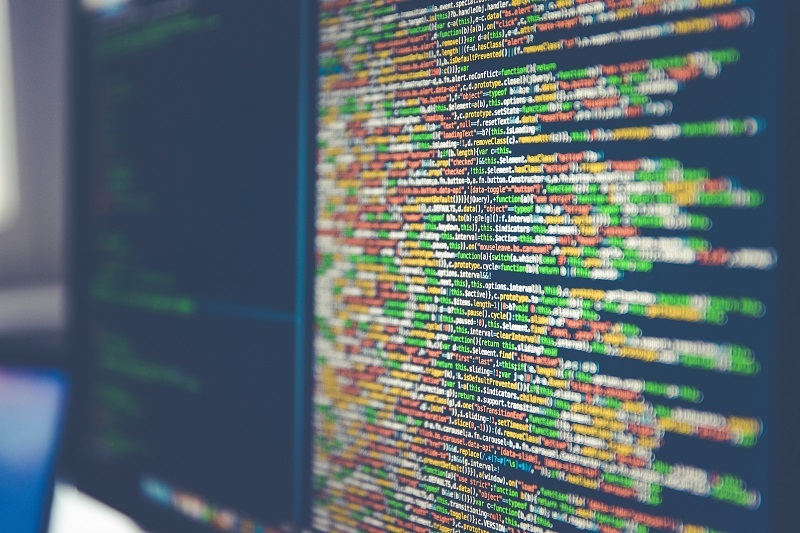Booz Allen publishes research on top 10 emerging national security technologies

On May 15, McLean, VA-based Booz Allen Hamilton released new research on the “Top 10 Emerging Technologies for The Department of Defense (DOD) and National Security,” which identifies and analyzes critical technology to achieve day-one mission impact now and over the next one to three years, specifically in the defense and intelligence sectors.
The report was developed by Booz Allen’s Tech Scouting team – a core function of Booz Allen’s Chief Technology Office (CTO) that closely monitors early-stage technologies, non-traditional partners, and startups poised to transform mission outcomes for the public sector. Tech Scouting has a critical role as a trusted advisor to U.S. government clients, across Booz Allen’s portfolios and its venture capital arm, Booz Allen Ventures.
“The greatest technological competition of our lifetimes is upon us and it is incumbent that we identify, invest in and deploy solutions that meet the missions of our DOD and intelligence clients—without the traditional silos of commercial versus federal,” said Brian MacCarthy, senior vice president and head of Booz Allen Tech Scouting and Ventures. “This report is a needs report—not a hype report—that underscores the imperative for dual-use technologies and implores that we find a more strategic approach to successfully harness emerging technology to meet the missions of today and tomorrow.”
By focusing on dual-use technologies, this report extends defense-focused analysis into commercial markets where U.S. entrepreneurs and investors work together to create what is America’s greatest global competitive advantage: technological innovation at speed. The report also highlights promising emerging startups in each of the identified technology areas that could help make these technologies viable both for commercial and military systems.
Key takeaways from the report include a detailed overview of ten emerging technologies expected to reach an inflection point of impact in the next one to three years, including (grouped by category, not order of importance):
- AI Accelerator Chips: semiconductor chips designed for speeding up artificial intelligence/machine learning (AI/ML) computations and lowering their energy requirements, enabling AI at the edge.
- Multimodal AI: AI systems that ingest text, imagery, audio, video and other data types in tandem to better interpret context and create more accurate predictions.
- Generative AI Software Development: specially designed AI/ML to review, edit, and write software, offloading all or much of the coding burden from humans, as well as potentially reduce bugs and security flaws.
- Post-Quantum Cryptography: new mathematical algorithms for public-key encryption are essential to resist attacks from quantum computers in the future.
- High-Density Energy Storage: next-generation batteries with significantly higher energy density, allowing for greater energy output in smaller transportable form factors.
- Alternative Positions, Navigation, and Timing (Alt-PNT): more secure, robust alternatives to existing,vulnerable GPS-based position, navigation, and timing (PNT) technologies.
- Space Domain Awareness Tech: technology for a thorough understanding of the space operating environment to perceive threats and reduce risk of collision through study and monitoring of satellites and orbital objects.
- Autonomous Swarms: multiple robots with local processing, communication, and sensing capabilities interconnected and programmed to react to their environment autonomously.
- Non-Kinetic Counter-UAS: weapons that use highly focused energy, such as lasers, microwaves, particle beams, and sound beams, to damage or destroy fast-moving threat targets.
- Hypersonics: vehicles or weapon systems that fly five times faster than the speed of sound.
“The research is not about new technologies per se, but about new ways of thinking,” said Meghan Hauser, Ph.D., technical lead for Booz Allen Tech Scouting. “Finding new ways of thinking is something no one in the world does better than the U.S.’s commercial startup ecosystem. This, combined with the committed and talented members of the U.S. DOD and IC, is the recipe we need to continue to protect future generations of Americans.”
Source: Booz Allen
Your competitors read IC News each day. Shouldn’t you? Learn more about our subscription options, and keep up with every move in the IC contracting space.








